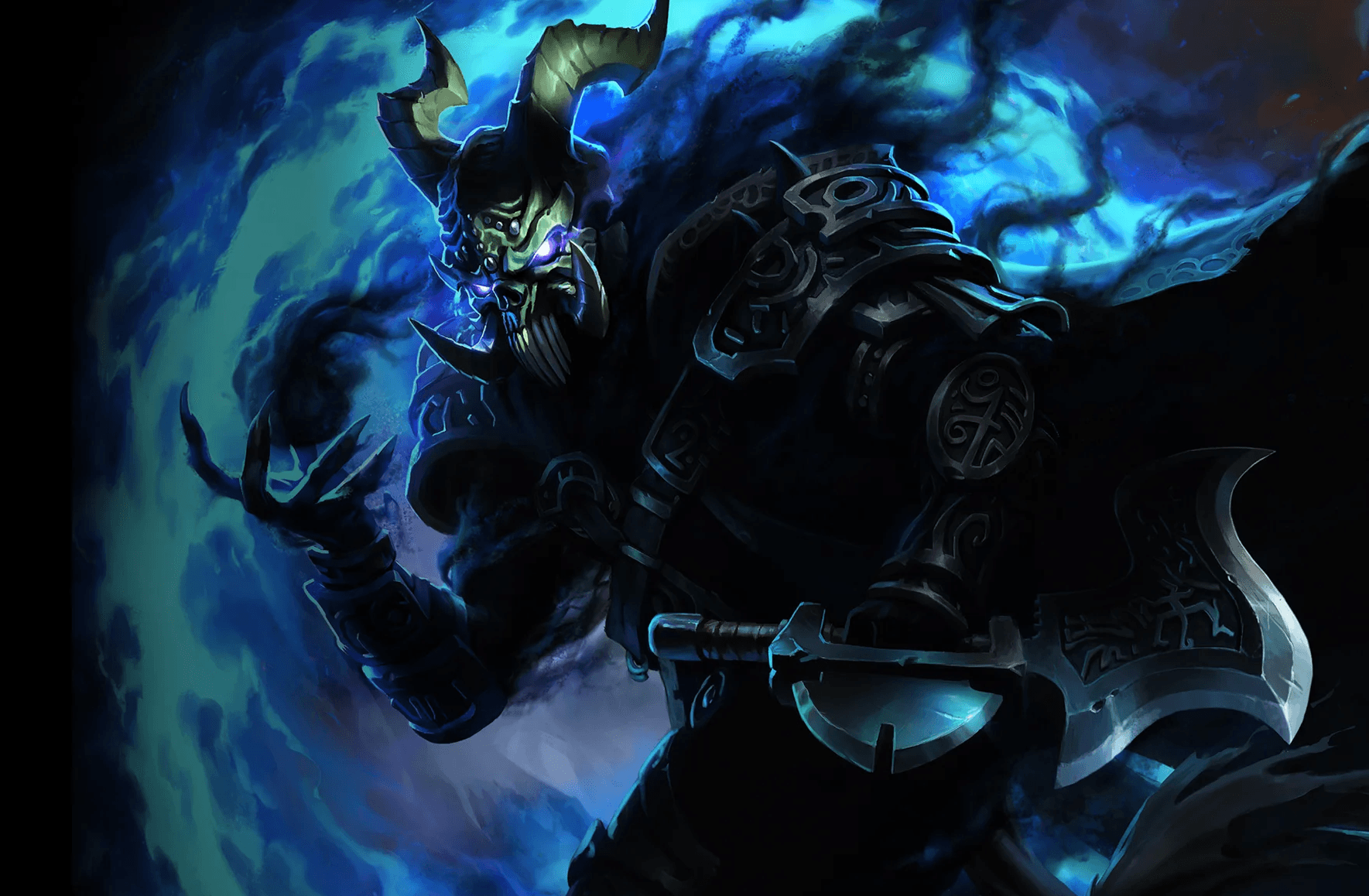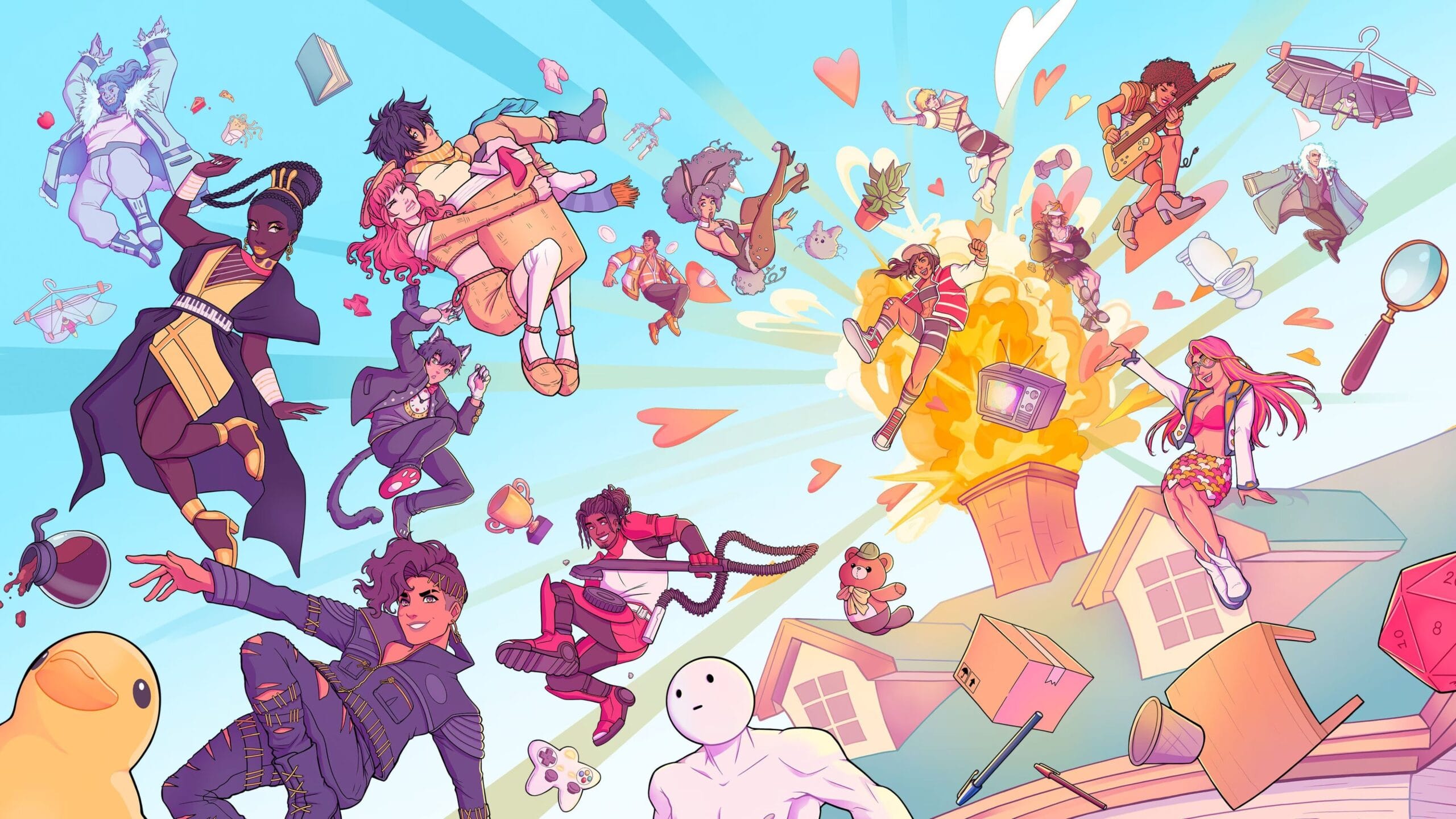If jumping like Mega Man, shooting like Mega Man and sorta looking like Mega Man were enough for Capcom to slap a Mega Man name on 20XX, they totally would. Outside of a key gameplay difference, Batterystaple Games and Fire Hose Games’ newest Switch release plays exactly like a 2D side scrolling Blue Bomber outing, notably one in the X series that started its life on the Super Nintendo. If I crossed my eyes, I’d have probably confused 20XX with one of the later Mega Man Xs just by looking at it.
The main gist that sets 20XX apart is that it’s a roguelite game, meaning that every time you die, you’re plopped back to the beginning and are only allowed to keep one kind of item. That item’s the currency that you use to buy permanent upgrades that’s dropped by killing blinking enemies that you run across while playing, and of course, those permanent upgrades aren’t lost on death either. They come at generally high prices, so you probably won’t be buying more than a couple every time you start the game over.

20XX is pretty flexible when it comes to difficulty. You’re able to pick from three settings, with one of them being the easiest, giving you three lives to burn before having you start over, along with normal mode and the hard setting that allows you to load up modifiers and beef up your challenge. I’ve been sticking with normal mode and I’m finding the game to be very playable and relatively challenging, not nearly as brutal as some Mega Man games can get. And that’s probably due to the fact that levels aren’t pre-designed, but come in form of procedural generation, so there’s only so much difficulty that can be injected into those without some fine tuning by an actual level designer.
Still, there’s plenty of perils waiting for you in 20XX. As it will become obvious the first time you set your eyes upon this game, it borrows heavily from the core gameplay of the Mega Man X series, with the same physics, three-pellet-per-button smash shooting and wall-bouncing we’ve all come to know and love. It also features the same sub-weapon weakness progression when it comes to beating bosses. Since the order to tackle them can be different from game to game, you can’t quite come up with an effective boss order, making every session exciting and somewhat fresh. It’s worth noting that you’re also given the choice to play as a sword wielding Zero stand-in, which is pretty cool. There are also a couple of DLC characters that you can buy and that introduce new gameplay mechanics, but I haven’t tried any of them out yet.

Speaking of more characters, another little tidbit that sets 20XX apart is the ability to play through it on co-op, with one player controlling the buster character while the other playing with the light saber heroine. Both have enough pros that they complement their partner’s cons pretty well, so for the couple of moments that I did try to play this with a friend, we had plenty of fun tackling a few levels.
While it would be easy to label 20XX as a Mega Man X rip-off and send it on its merry way into oblivion, it’s important to give props to its developers for nailing its gameplay so well as to have such strong comparisons ring true and be valid when talking about and critiquing their game. Even the original series’ director Keiji Inafune’s Mighty No. 9 failed to convey that when he broke off of Capcom in order to start his own thing, so it’s commendable that an indie studio has managed to release such a faithful homage and at the same time inject it with its own favor by making it a roguelite and having co-op, something Mega Man has never had.

Not all is rosy as it could’ve been. For starters, the art in 20XX is very inconsistent. The player character looks a little off, especially in comparison with other characters in the game, like its two scientist creators who you run into at the end of every stage. It would’ve been funny to see this as some sort of gut poke at Capcom’s grotesque, ugly early box art for Mega Man in Western territories, but that’s clearly not the case here, unfortunately. Still, it’s easy to overlook this thanks to the game’s overall excellence in gameplay. And for some reason, even on Switch there are long loading screens in between level transitions as well as after you press start when booting up. It’s not a huge issue, but it’s still annoying regardless.
From the smallest increment to positively destroying a series of bosses in a single run, the best thing going for 20XX is that it feels really good to play. Even if you’re only sitting down for five minutes, there’s enough to do — including daily and weekly challenges — and still come out with a sense of accomplishment since levels aren’t long and you can save and quit between them if needed. Having it on the go on the Switch is an added bonus. Even though I might be finished reviewing it, I’m far from being done with 20XX. This puppy isn’t going away from my Switch’s starting screen anytime soon, and it shouldn’t from yours either.




